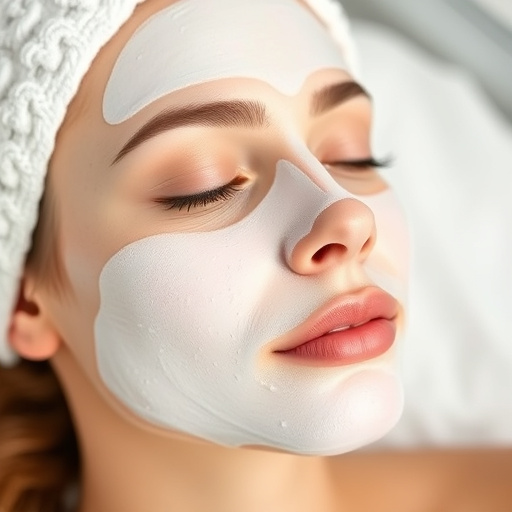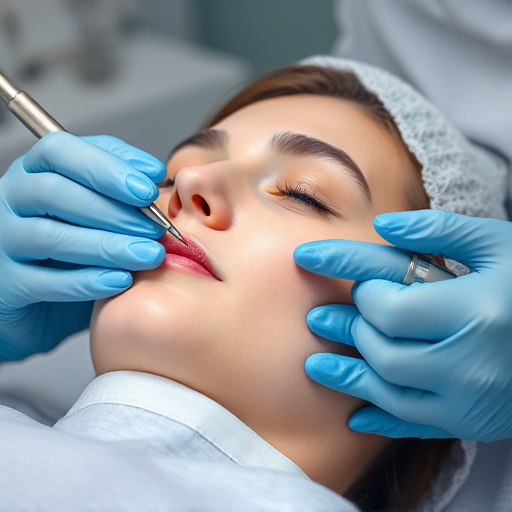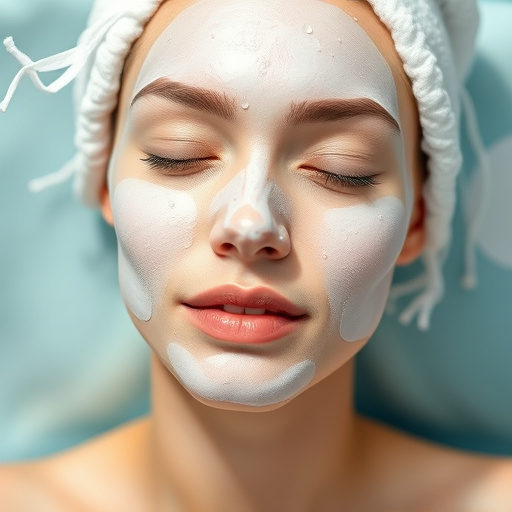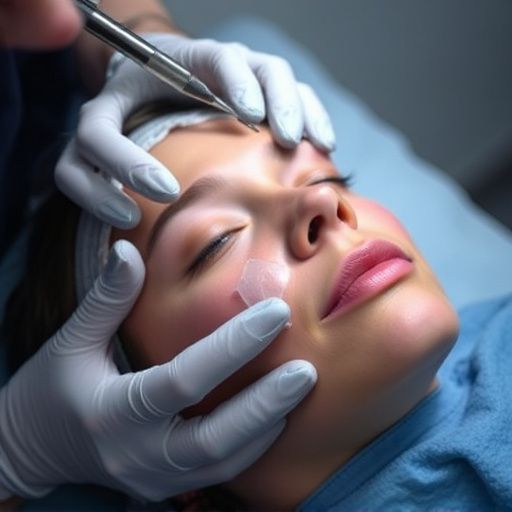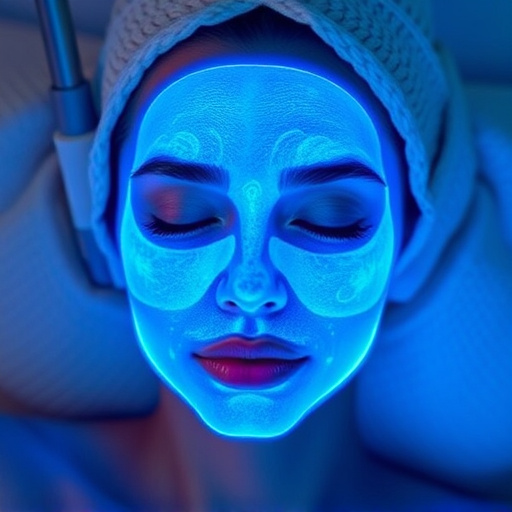Salicylic acid peels, popular for acne and texture issues, offer exfoliation and keratolysis. Available in various strengths, they're a preferred non-surgical treatment. Alternatives include AHAs like glycolic acid for collagen production and BHAs like lactic acid for deep pore cleansing. Skin type determines the best option: oily/acne-prone benefit from salicylic acid; sensitive/dry skin prefers milder acids. Always consult professionals for safe, effective skincare.
“Uncover the power of salicylic acid peels, a game-changer in skincare. This article delves into the world of chemical exfoliation, focusing on salicylic acid as a prominent player. We’ll explore its unique benefits and various types available, while also comparing it to other chemical exfoliants. Learn why choosing the right peel is crucial for different skin types. Discover how salicylic acid peels can transform your skincare routine and enhance your overall complexion.”
- Understanding Salicylic Acid Peels: Benefits and Types
- Comparing Chemical Exfoliants: Beyond Salicylic Acid
- Choosing the Right Peel: Considerations for Different Skin Types
Understanding Salicylic Acid Peels: Benefits and Types

Salicylic acid peels are a popular choice for those seeking effective skincare solutions, particularly for treating acne and improving skin texture. This alpha-hydroxy acid (AHA) is renowned for its ability to penetrate deep into pores, dissolving debris and dead skin cells that can lead to clogged follicles. Understanding salicylic acid peels involves recognizing their dual benefits: exfoliation and keratolysis. Exfoliation removes the outer layer of skin, revealing smoother, brighter skin beneath, while keratolysis gently breaks down protein bonds in the stratum corneum, allowing for deeper penetration of other skincare products.
These peels come in various strengths and types, catering to different skin concerns and tolerance levels. Gentle over-the-counter (OTC) options are ideal for initial use or maintaining results between professional treatments. Stronger formulations, available through dermatologists, target severe acne, hyperpigmentation, and fine lines, offering significant improvements with consistent use. Whether as a standalone treatment or part of a comprehensive skincare routine, salicylic acid peels stand out among chemical exfoliants for their ability to deliver noticeable results without invasive procedures, making them a preferred choice for many seeking effective, non-surgical treatments for acne and skin brightening.
Comparing Chemical Exfoliants: Beyond Salicylic Acid
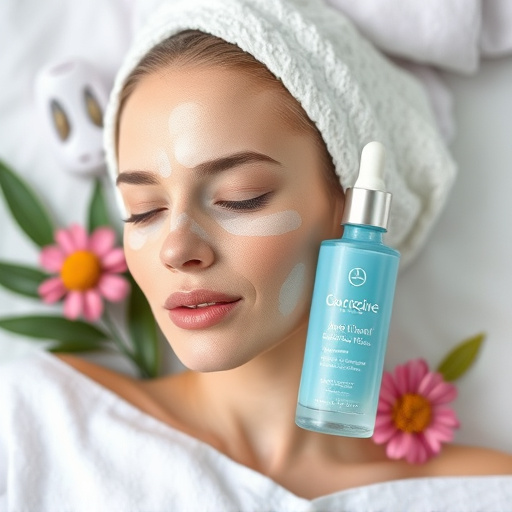
While salicylic acid peels are a popular choice for skincare enthusiasts, exploring other chemical exfoliants opens up a world of options for achieving flawless, radiant skin. When comparing different chemical exfoliants, it’s essential to understand their unique properties and benefits. For instance, alpha hydroxy acids (AHAs), particularly glycolic acid, offer powerful exfoliation while promoting collagen production, which can aid in wrinkle reduction and enhancing overall skin texture. This makes AHAs a popular choice for those seeking aesthetic treatments that go beyond pore refinement.
Additionally, beta hydroxy acids (BHAs) like lactic acid are renowned for their ability to penetrate deeper into the skin, making them ideal for treating acne-prone skin. They help unclog pores and reduce inflammation, resulting in a smoother and more even complexion. These alternatives provide diverse solutions, catering to various skin concerns, from acne management to anti-aging, ensuring individuals can select the most suitable chemical exfoliant for their specific needs.
Choosing the Right Peel: Considerations for Different Skin Types

When considering a salicylic acid peel or any chemical exfoliant, understanding your skin type is crucial for achieving optimal results and maintaining healthy skin. Salicylic acid, known for its ability to penetrate pores and remove dead skin cells, is an excellent choice for those with oily, acne-prone skin. Its keratolytic properties help in unclogging pores and reducing the appearance of blemishes. However, for individuals with sensitive or dry skin, stronger acids like glycolic or lactic acid might be better suited, as salicylic acid’s exfoliating action can be too harsh.
Different skin types require tailored care. For instance, those with normal skin may benefit from moderate strength salicylic acid peels to maintain a clear and radiant complexion. In contrast, combination skin types can target specific areas with oil control treatments while gentle exfoliants help even out skin tone. Moreover, when choosing an aesthetic treatment, consult professionals who can guide you in selecting the right chemical peel for your needs, focusing on pore refinement without causing irritation, ensuring a safe and effective skincare journey.
Salicylic acid peels stand out as a powerful tool in skincare, offering unique benefits for exfoliation and skin rejuvenation. However, exploring other chemical exfoliants broadens your options, catering to diverse skin types and concerns. When choosing a peel, consider the specific needs of your skin – whether it’s sensitive, oily, or dry – to achieve optimal results. Both salicylic acid peels and alternative exfoliants contribute to a healthier, more radiant complexion when used appropriately.








